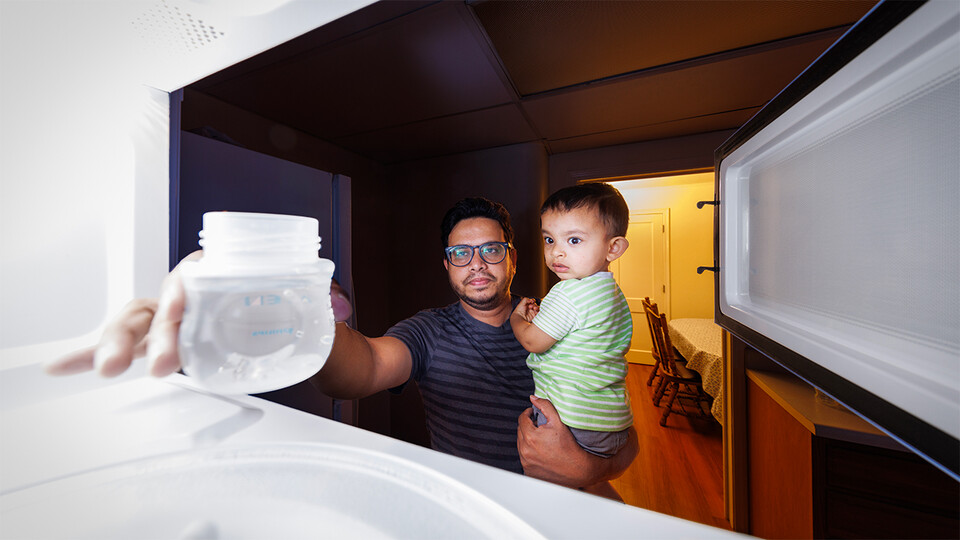Calendar Icon
Jul 21, 2023
![]() RSS
Submit a Story
RSS
Submit a Story

RELATED LINKS
The fastest way to heat food and drink might also rank as the fastest route to ingesting massive quantities of minuscule plastic particles, says a new study from College of Engineering researchers.
Experiments have shown that microwaving plastic baby food containers available on the shelves of U.S. stores can release huge numbers of plastic particles — in some cases, more than 2 billion nanoplastics and 4 million microplastics for every square centimeter of container.
Though the health effects of consuming micro- and nanoplastics remain unclear, the Nebraska team further found that three-quarters of cultured embryonic kidney cells had died after two days of being introduced to those same particles. A 2022 report from the World Health Organization recommended limiting exposure to such particles.
“It is really important to know how many micro- and nanoplastics we are taking in,” said Kazi Albab Hussain, the study’s lead author and a doctoral student in civil and environmental engineering at the University of Nebraska–Lincoln.
Submit a Story